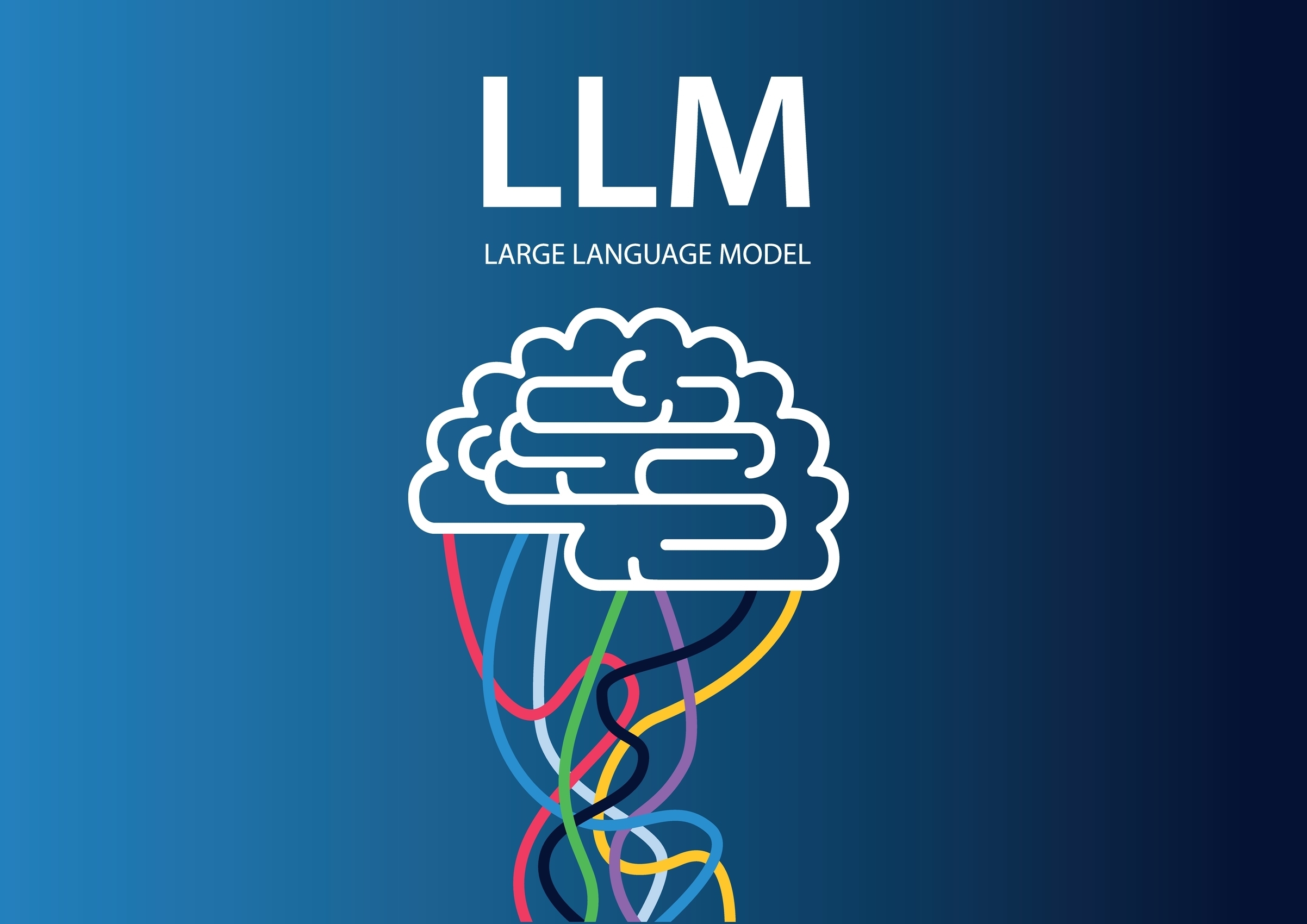
Posted June 09, 2023
By Ray Blanco
What’s Powering The AI Revolution
The “Large Language Model”.
If you’ve been paying any attention to the artificial intelligence trend, it’s a term you’ve certainly heard.
It’s what’s powering all of these new AI tools that are rapidly changing the way we make art, write stories and articles, practice law, play chess, and just about… everything else.
Large Language Models, or LLMs, are the key component of the “Deep Learning” phenomenon that is driving the biggest technological revolution in history.
LLM-driven AI applications are putting thousands out of work, and they’re the difference, according to the financial firm Kabra, between the S&P 500’s significant growth in 2023, and a potential 2% loss.
When trying to wrap your mind around the market-moving power and paradigm shifting potential of AI, we have to answer: just how large are these models, and how deep is their learning?
While a Large Language Model may sound simple enough, it doesn’t do much to explain what it really does.
Were we using small language models before? How large is “large”?
Companies like Google, Microsoft, and OpenAI all drop the term as though it’s self explanatory. As if anyone could pick up their own LLM at a department store and build their personal AI chatbot at home.
But understanding just how complex a Large Language Model is, and how much goes into creating one, is the key to understanding just how significant recent advancements in AI really are, and how big the AI boom could potentially be.
First of all, let’s answer the question “What is a Large Language Model?”.
Basically, an LLM is everything a computer has “learned” from an enormous, user-provided set of data.
Each “lesson” that is taught to the model, is called a “parameter”. These could be as simple as “stop” being the opposite of “go”, or more complicated lessons, like phrases such as “when in Rome” not meaning what you’d literally do if you found yourself in Rome.
Models are considered to be Large Language Models if they contain more than a billion of these parameters. Google’s LLM, PaLM (Pathways Language Model) contains 540 billion parameters.
ChatGPT’s LLM has quickly improved on the complexity of its models, with the number of parameters of GPT-4 rumored to be around 1 trillion.

If a parameter represents a lesson learned, the “neural network” is designed to learn how to apply these lessons and use them to further train itself. This is where machine learning comes in.
It’s what separates AI applications, like ChatGPT or other chatbots from simply being giant encyclopedias.
Machine learning, and its neural networks, is what makes artificial intelligence actually intelligent and what’s led to its explosive improvement over the past year. It’s also a large part of why building a Large Language Model requires an extreme amount of resources.
The hardware required to power these complex LLMs is what has driven the biggest AI-related gains in the market.
Manufacturers of powerful graphics processors, like Nvidia (NASDAQ: NVDA) and Advanced Micro Devices (NASDAQ: AMD), have seen demand for their products soar in 2023.
As I mentioned earlier, the performance of companies that have invested heavily in AI has been the difference between the S&P 500 being comfortably in the black for the year, and potentially being in the red.

Artificial intelligence has been very lucrative so far this year, more than most people realize.
And it’s likely just the beginning.
Goldman’s senior strategist Ben Snider said in an interview…
“Over the next 10 years, AI could increase productivity by 1.5% per year. And that could increase S&P 500 profits by 30% or more over the next decade”
AMD CEO Lisa Su said of the future of AI…
“Over the next several years, one of our largest growth opportunities is in AI, which is in the early stages of transforming virtually every industry service and product”
With that, we’d like to know your thoughts. How much bigger do you see AI getting? Is there an AI bubble that’s going to pop? Let us know about this, or anything else at feedback@technologyprofits.com.

